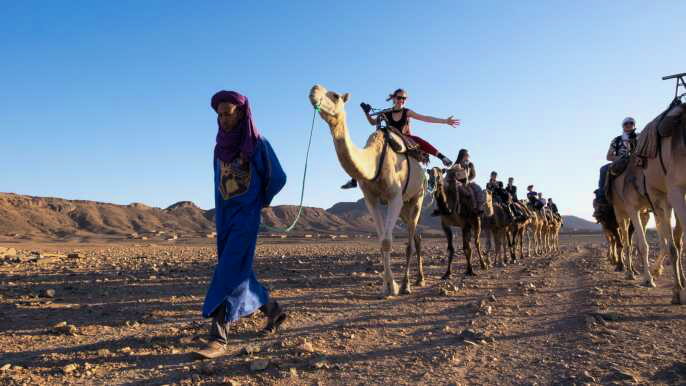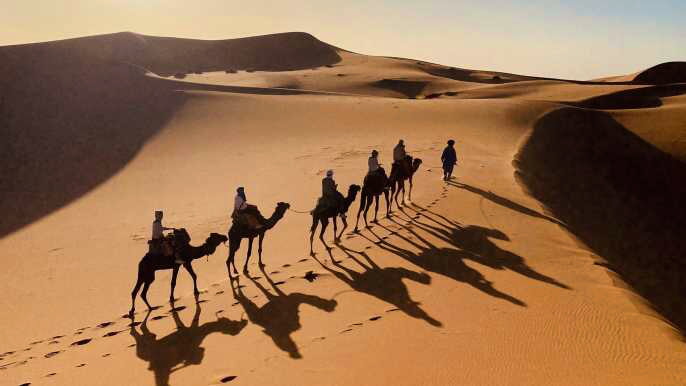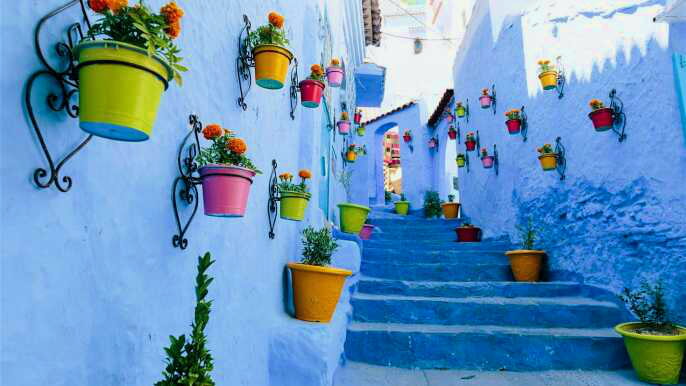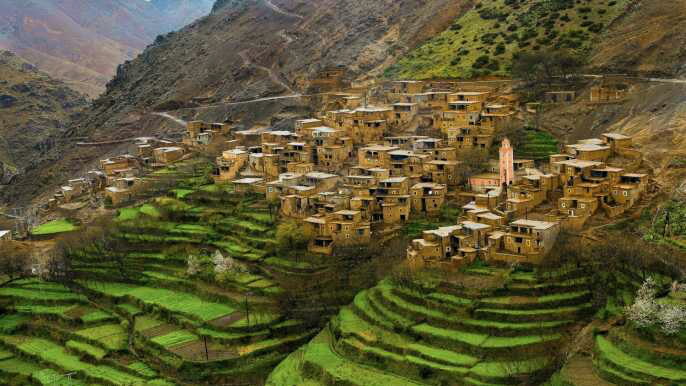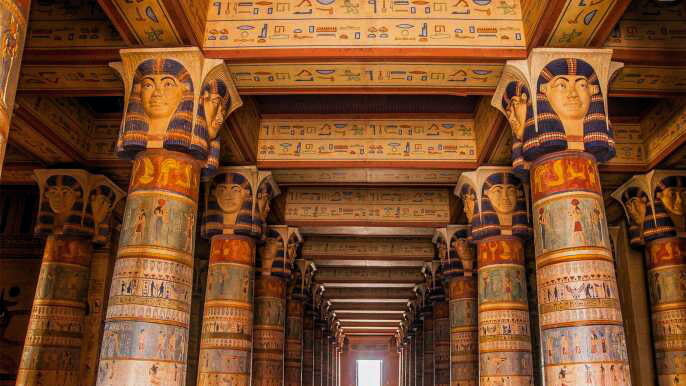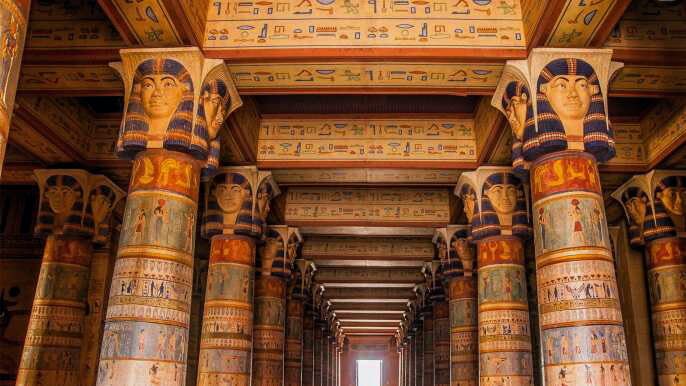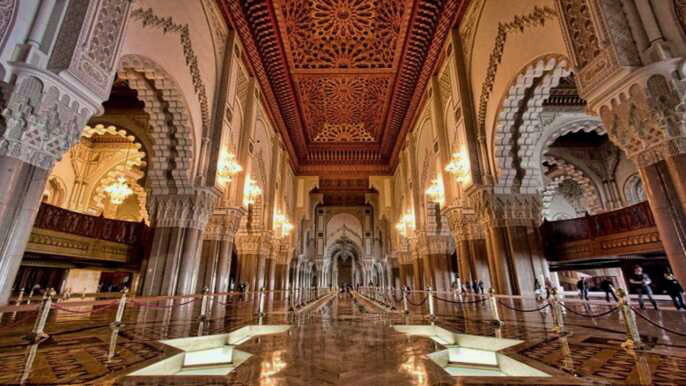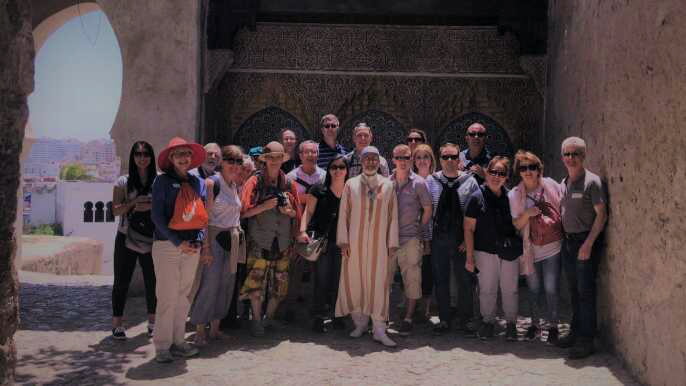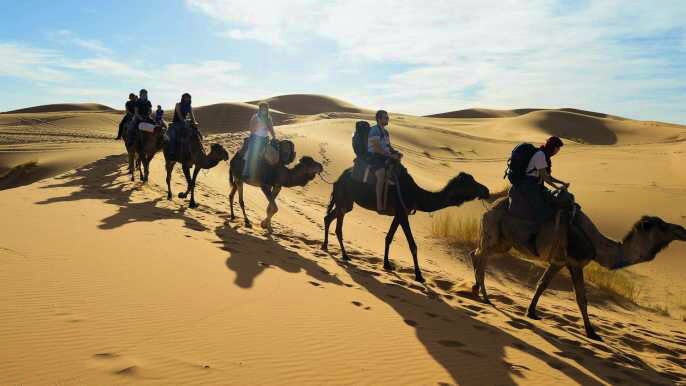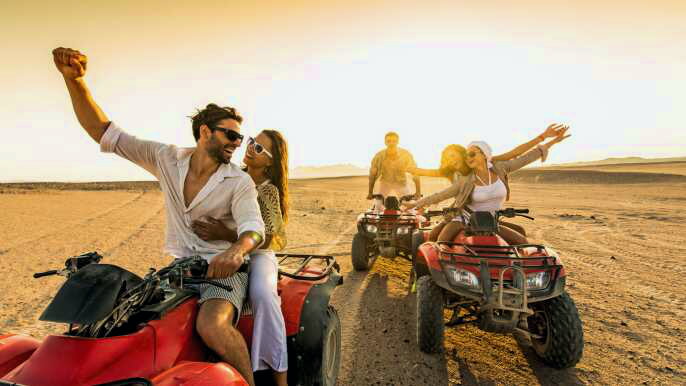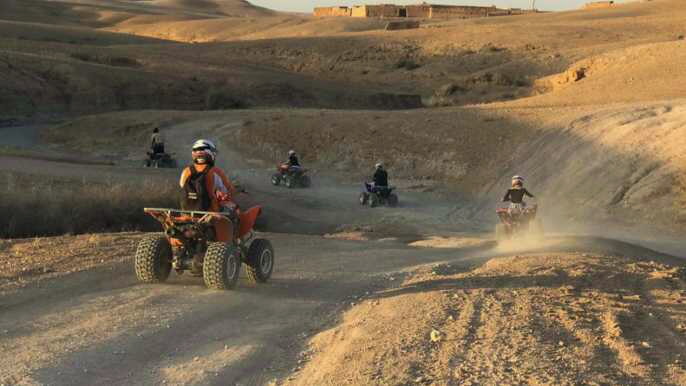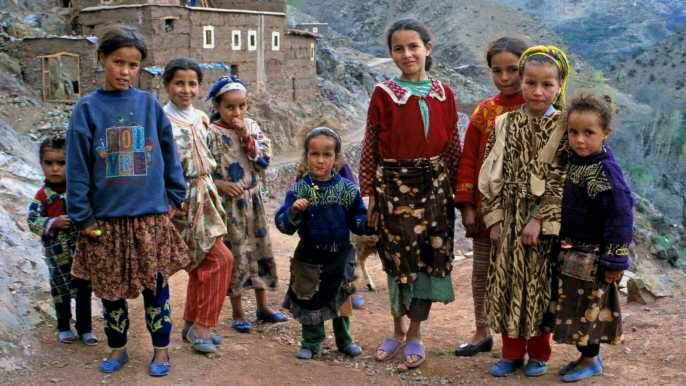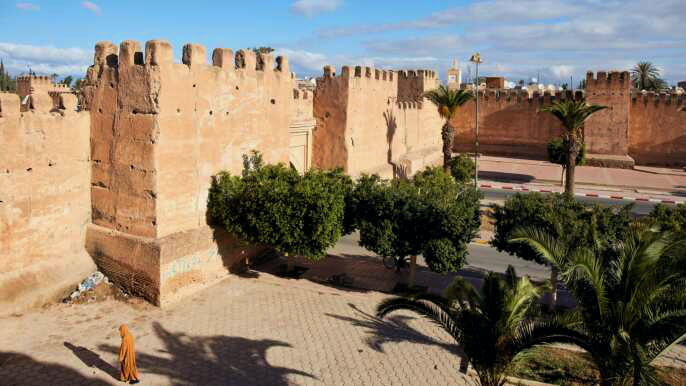Located on the Atlantic coast of Africa, Rabat is Morocco's capital city. It is known for its Islamic heritage, as well as French colonial history. Despite its cosmopolitan atmosphere, Rabat still manages to retain some of its old-world charm, particularly in its Kasbah district.
Great Mosque of Sale
Located across the river from Rabat, Sale is an historical city with cultural assets aplenty. This small town is a good spot to visit if you are looking for a more traditional Morocco experience.
Originally a Berber settlement, Sale was occupied by the Christian Kingdom of Castile in 1260. Sale's medina is enclosed by fortified walls, bastions and ramparts. There are a number of shrines and mosques throughout the town.
The Al Qarawiyin mosque is the second largest in Morocco. It has three courtyards, an ablution room for men and a library. There is a 700 year old religious school next to the mosque.
The mosque is open to visitors who are Muslims. Non-Muslims are not permitted to enter. A law has been in place for decades.
Chellah
Located on the south side of the Bou Regreg estuary, Chellah in Rabat is an ancient archeological site. It is the site of the ancient Roman town of Sala Colonia. The site's ruins include a road leading to a temple and a forum.
In the medieval period, the site served as a royal burial ground. In the 13th century, the Marinids built a mosque on the site. They added additional structures, including a small medersa and a zawiya. The minaret, still standing, is a tall stone and zellij structure.
In the late 13th and early 14th centuries, the Merenids extended the site into a holy necropolis. They also built a minaret. A small medersa was located beneath the minaret.
In the mid-14th century, Abou el Hassan, the Black Sultan, ruled the Maghreb, Algeria and Tunisia. He was buried in Chellah Gardens.
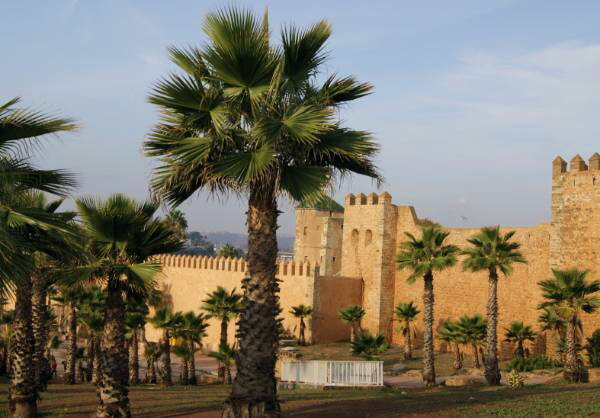
Royal Palace
Located in the heart of Rabat, the Royal Palace of Rabat is the official residence of King Hassan II. This palace was designed by Louis-Paul Pertuzio and Felix-Joseph Pertuzio, and was commissioned by Sultan Muhammad IV in 1865. Despite its modest size, it boasts a number of impressive features.
The Royal Palace of Rabat is built on a parade ground called the Mechouar. This large park is used for large public events such as the annual National Day celebrations. The palace is a worthy contender in the list of notable landmarks in Morocco.
The palace is also home to the College Royal, a state-of-the-art education center for the creme de la creme of the Moroccan royal family. The ground floor of the building is also a library and contains a collection of manuscripts from the late King Hassan II.
Zoo
Founded in 2007, the National Zoo in Rabat is home to some of the most common sub-Saharan African species. It is open seven days a week.
The zoological garden has a total of 2000 animals and is modeled after natural environments. It is also dedicated to conservation and scientific research. It was recently awarded a prize of excellence by Trip Advisor.
The new zoo is on 50 hectares. It is located halfway between Rabat and Temara. It is built on an open concept and features a day and night zoo. It will also include a children's museum, a scientific research center, a "village home" and an exhibition pavilion of paint.
The new zoo will be based on an open concept and is meant to immerse visitors in nature reconstituted. The site will be bordered by a green belt. It is expected to attract a lot of visitors.
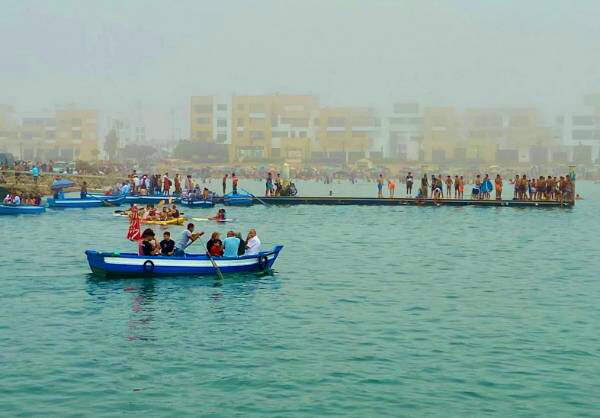
Kasbah district
Located in Rabat, the Kasbah district offers the visitor the chance to explore the country's oldest and most important sights. This area is surrounded by walls constructed in the 11th century, and is characterized by whitewashed houses and a peaceful atmosphere.
One of the best things to see in Rabat is the Hassan Tower, which was once part of a massive mosque. The minaret was considered to be the largest in the world, but it is still incomplete.
Another thing to visit in the Kasbah is the Andalusian Gardens, which are a popular meeting point for locals. The gardens were designed by Horticulturist Marcel Francois, who brought plants from Asia and sub-Saharan Africa.
You can also take a stroll through the quaint blue and white streets of the Kasbah. This area has a number of souks, which are typical Moroccan markets.


